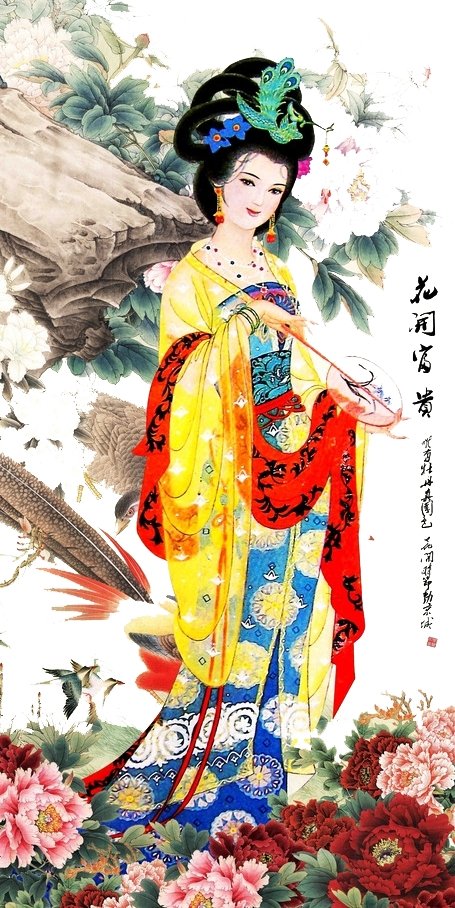Concubine Oolong - ever heard of it?
Concubine Oolong Tee (Gui Fei Oolong) is a still quite young type of tea that came into being rather accidentally as a result of the earthquake of September 21, 1999 in Taiwan. After the earthquake, many access roads to the tea-growing areas were interrupted, which made it impossible to order and harvest the tea plantations there.
Only after the roads were repaired could the tea plantations be cultivated again, but the tea farmers were shocked to discover that their tea bushes were infested by the Green Leaf Hopper (Jacobiasca formosana), which injures the tea leaves with its bites and thus the leaf juices of the plant in the injured areas lets out. These begin to oxidize immediately in the air.
This effect was not unknown to the tea farmers. You had heard that farmers who were friends of yours in Hsinchu Township deliberately avoided using pesticides on your tea plantations in order to let the cicadas nibble on your tea bushes. These plantations are also about 800 meters above sea level.
This is how the tea farmers in Hsinchu Township produce the popular Oriental Beauty Oolong or Dongfang Meiren 東方美人. The tea leaves are oxidized very strongly at 70 - 80% so that one could almost speak of a red oolong. However, care is taken to ensure that there are still enough green parts of the tea leaves. Oriental Beauty is not roasted, so the tea leaves curl when they dry.


And this is how the Concubine – Gui Fei Oolong came about:
The farmers from Lugu Township were used to different tea processing methods from their popular Dong Ding Oolong tea and used them when processing the "damaged" tea leaves. After the tea leaves have been harvested by hand at 1600 meters above sea level, the tea leaves nibbled on by the cicadas are fermented to a medium degree with approx. 40 - 50% and then traditionally rolled and roasted.
Careful processing by experienced tea masters gives the Concubine Oolong tea its varied aroma of honey and citrus. In addition, this Gui Fei Oolong can be brewed much more often than other Oolong teas.
The tea farmers were so enthusiastic about the excellent quality and beauty of their newly created tea that they decided to give it a special name.
They remembered the "four beauties" in Chinese mythology who were famous for their extraordinary beauty and were close to the Chinese ruler.
Yang Gui Fei was a concubine of Emperor Xuanzong of the Tang Dynasty. It was said that her face was more beautiful than any sea of flowers.







0 comments